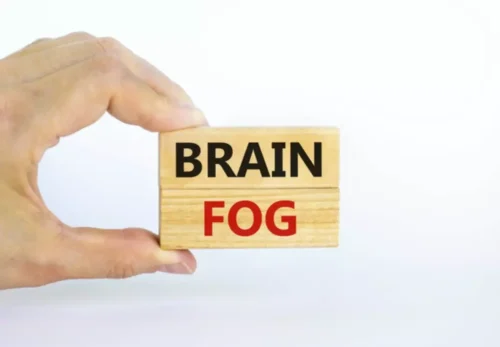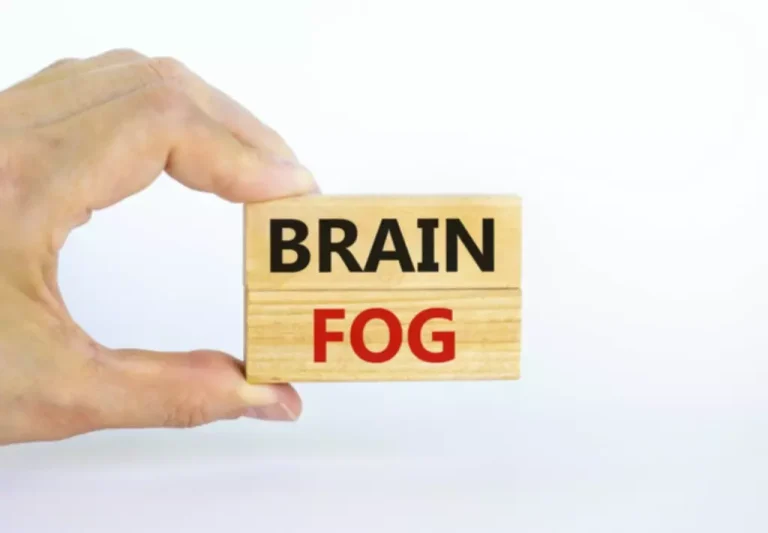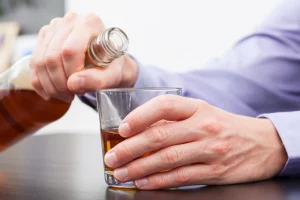
In the context of addiction, a breach of sobriety with a single drink or use of a drug has a high likelihood of a full relapse. With regard to addictive behaviours Cognitive Therapy emphasizes psychoeducation and relapse prevention. Therefore, many of the techniques discussed under relapse prevention that aim at modification of dysfunctional beliefs related to outcomes of substance use, coping or self-efficacy are relevant and overlapping. Problem solving therapy (PST) is a cognitive behavioural program that addresses interpersonal problems and other problem situations that may trigger stress and thereby increase probability of the addictive behaviour. The four key elements of PST are problem identification, generating alternatives, decision making, implementing solutions, reviewing outcomes and revising steps where needed.
Planning a cognitive behavioural programme

Multiple theories of motivation for behavior change support the importance of self-selection of goals in SUD treatment (Sobell et al., 1992). For example, Bandura, who developed Social Cognitive Theory, posited that perceived choice is key to goal adherence, and that individuals may feel less motivation when goals are imposed by others (Bandura, 1986). Miller, whose seminal work on motivation and readiness for treatment led to multiple widely used measures of SUD treatment readiness and the development of Motivational Interviewing, also argued for the importance of goal choice in treatment (Miller, 1985).
The Abstinence Violation Effect and Overcoming It
Ecological momentary assessment 44, either via electronic device or interactive voice response methodology, could provide the data necessary to fully test the dynamic model of relapse. Ideally, assessments of coping, interpersonal stress, self-efficacy, craving, mood, and other proximal factors could be collected multiple times per day over the course of several months, and combined with a thorough pre-treatment assessment battery of distal https://ecosoberhouse.com/ risk factors. Future research with a data set that includes multiple measures of risk factors over multiple days could also take advantage of innovative modeling tools that were designed for estimating nonlinear time-varying dynamics 125.
Cognitive behavioural models of substance use
- For the current study, two catastrophe models were estimated and compared to linear and logistic models.
- The statements were further classified by completing a cluster analysis with the coordinates of the statements.
- Does it mean a person must continue to drink or drug until the use returns to the initial level?
As noted by McLellan 138 and others 124, it is imperative that policy makers support adoption of treatments that incorporate a continuing care approach, such that addictions treatment is considered from a chronic (rather than acute) care perspective. Broad implementation of a continuing care approach will require policy change at numerous levels, including the adoption of long-term patient-based and provider-based strategies and contingencies to optimize and sustain treatment outcomes 139,140. The most promising pharmacogenetic evidence in alcohol interventions concerns the OPRM1 A118G polymorphism as a moderator of clinical response to naltrexone (NTX). This finding was later extended in the COMBINE study, such that G carriers showed a greater proportion of days abstinent and a lower proportion of heavy drinking days compared in response to NTX versus placebo, whereas participants homozygous for the A allele did not show a significant medication response 93. Moreover, 87.1% of G allele carriers who received NTX were classified as having a good clinical outcome at study endpoint, versus 54.5% of Asn40 homozygotes who received NTX. (Moderating effects of OPRM1 were specific to participants receiving medication management without the cognitive-behavioral intervention CBI and were not evident in participants receiving NTX and CBI).

Theoretical and empirical rationale for nonabstinence treatment
- In terms of clinical applications of RP, the most notable development in the last decade has been the emergence and increasing application of Mindfulness-Based Relapse Prevention (MBRP) for addictive behaviors 112,113.
- However, to date there have been no published empirical trials testing the effectiveness of the approach.
- The AVE describes the negative emotional response that often accompanies a failure to maintain abstinence from drugs or alcohol.
- Findings from these studies suggested that participants’ SE was lower on the day before a lapse, and that lower SE in the days following a lapse in turn predicted progression to relapse 43,45.
The primary goals of this analysis were to replicate the findings from the Hufford et al (2003) study using a much larger sample size, a longer follow-up, and an improved methodology for analyzing catastrophe models (Hartelman, 1997). Cuspfit was used to model the quantity of drinking (measured as the number of drinks per drinking day) based on configurations of proximal and distal risk factors following inpatient and outpatient alcohol treatment. A large percentage of participants (56% inpatient and 39% outpatient) were abstinent at the 12-month follow-up, and zero drinks per drinking day can be described as one of the modes of drinking behavior. Both of the cusp catastrophe models provided a better fit to the observed data, as compared to the linear and logistic models. In this paper we present the most recent treatment outcome research evaluating relapse rates following treatment for a variety of disorders, with a special focus on depression and substance abstinence violation effect use disorders. We then review the cognitive behavioral model of relapse, Marlatt’s (1978) original taxonomy of relapse precipitants, and more recent investigations of important relapse risk factors.
Abstinence Violation Effect

Here we provide a brief review of existing models of nonabstinence psychosocial treatment, with the goal of summarizing the state of the literature and identifying notable gaps and directions for future research. Previous reviews have described nonabstinence pharmacological approaches (e.g., Connery, 2015; Palpacuer et al., 2018), which are outside the scope of the current review. While there are multiple such intervention approaches for treating AUD with strong empirical support, we highlight a dearth of research testing models of harm reduction treatment for DUD. Next, we review other established SUD treatment models that are compatible with non-abstinence goals. We focus our review on two well-studied approaches that were initially conceptualized – and have been frequently discussed in the empirical literature – as client-centered alternatives to abstinence-based treatment.

Findings indicated nonlinear relationships between SE and urges, such that momentary SE decreased linearly as urges increased but dropped abruptly as urges peaked. Moreover, this finding appeared attributable to individual differences in baseline (tonic) levels of SE. When urge and negative affect were low, individuals with low, intermediate or high baseline SE were similar in their momentary SE ratings.
The results of the Sobell’s studies challenged the prevailing understanding of abstinence as the only acceptable outcome for SUD treatment and raised a number of conceptual and methodological issues (e.g., the Sobell’s liberal definition of controlled drinking; see McCrady, 1985). A “controlled drinking controversy” followed, in which the Sobells as well as those who supported them were publicly criticized due to their claims about controlled drinking, and the validity of their research called into question (Blume, 2012; Pendery, Maltzman, & West, 1982). Despite the intense controversy, the Sobell’s high-profile research paved the way for additional studies of nonabstinence treatment for AUD in the 1980s and later (Blume, 2012; Sobell & Sobell, 1995). Marlatt, in particular, became well known for developing nonabstinence treatments, such as BASICS for college drinking (Marlatt et al., 1998) and Relapse Prevention (Marlatt & Gordon, 1985).
Relapse prevention, recovery management, recovery transcendence
Additionally, lab-based studies will be needed to capture dynamic processes involving cognitive/neurocognitive influences on lapse-related phenomena. Self-efficacy (SE), the perceived ability to enact a given behavior in a specified context 26, is a principal determinant of health behavior according to social-cognitive theories. Although SE is proposed as a fluctuating and dynamic construct 26, most studies rely on static measures of SE, preventing evaluation of within-person changes over time or contexts 43. Shiffman, Gwaltney and colleagues have used ecological momentary assessment (EMA; 44) to examine temporal variations in SE in relation to smoking relapse. Findings from these studies suggested that participants’ SE was lower on the day before a lapse, and that lower SE in the days following a lapse in turn predicted progression to relapse 43,45. One study 46 reported increases in daily SE during abstinent intervals, perhaps indicating mounting confidence as treatment goals were maintained 45.
Related Articles to the term ‘Abstinence violation effect’
It is currently not clear, however, how a small indulgence, which itself might not be problematic, escalates into a full-blown binge 29. Catastrophe theory is the study of sudden discontinuous change in a measured behavior resulting from slight continuous changes in the system parameters (Thom, 1975). Perceived predictors of relapse and importance rating as indicated by health practitioners and persons who regained weight.
